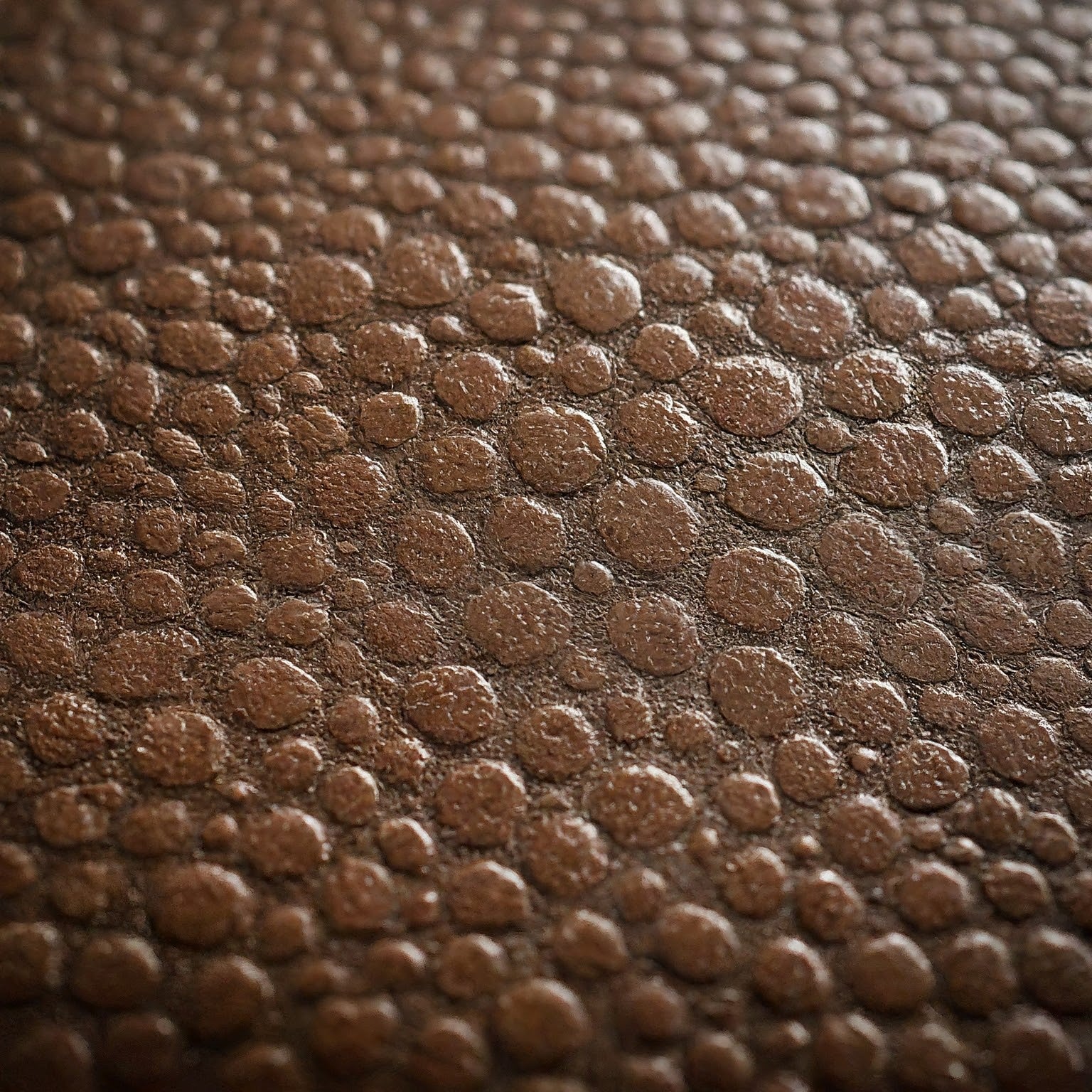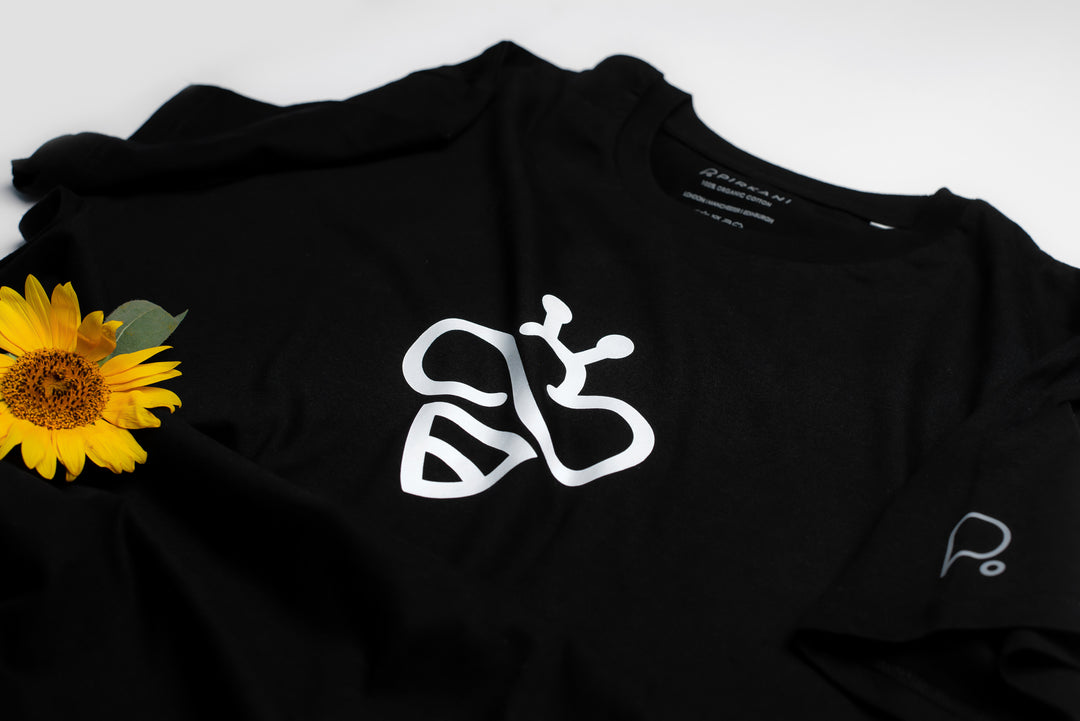Did you know? Leather can be recycled to produce timeless apparel

Leather is a very controversial material when it comes to the sustainable fashion community. While some praise it as a natural material, others critique the overall environmental impact, carbon footprint of leather production and animal cruelty.
However, what is often forgotten is the sheer amount of fashion waste of leather products and their potential to be turned into recycled materials.
Leather can be recycled to produce timeless and durable leather pieces with a much lower environmental footprint. Here's how.
Why avoid new leather?
One of the main reasons you should choose recycled leather over new leather is leather production's environmental impact. It is a dirty process – one that can never indeed be sustainable, even when more considerate practices are implemented.
Firstly, animals need to be raised for leather. Most leather comes from cows, and large amounts of methane is produced when they digest. Methane is a greenhouse gas that's 84 times more potent in the short term than CO2. Leather is a co-product (not a by-product) of the meat industry. This profitable asset keeps the animal product industry going, with plenty of unethical and unsustainable practices in place.
Leather production generates a lot of waste – 50% of the raw material, to be exact. To tan and process leather, large amounts of highly toxic chemicals are needed, many of which are then disposed of directly into rivers or lakes. The countries where fashion is produced generally lack environmental regulation policies that would prohibit this.
How is leather recycled?
Some leather can be recycled simply by being reused or repurposed – this is particularly true for leather scraps and offcuts from production.
However, even leather used to create garments can be recycled. In this case, the used leather is mulched into shreds to be combined with binding materials, such as cork or wood bark. The mixture is then spread into sheets and processed into a specific size, shape and colour.
While the process used to create recycled materials such as recycled leather does require some resources, its environmental impact is only a fraction of the impact due to the production of new leather.
Why is recycled leather better?
When recycled leather (and other recycled materials) is used, a large section of the production process is skipped – the parts involving animal cruelty, high carbon footprint, and toxic chemicals. With the amount of clothing waste we are producing nowadays, there is plenty of material available to create recycled leather instead of producing new leather.
As a reasonably durable material- often called timeless; leather is an ideal candidate for the production of recycled materials – it is usually still in a decent condition by the time we're finished using it.






Hello pirkani.eco administrator, Your posts are always a great source of knowledge.
Leave a comment